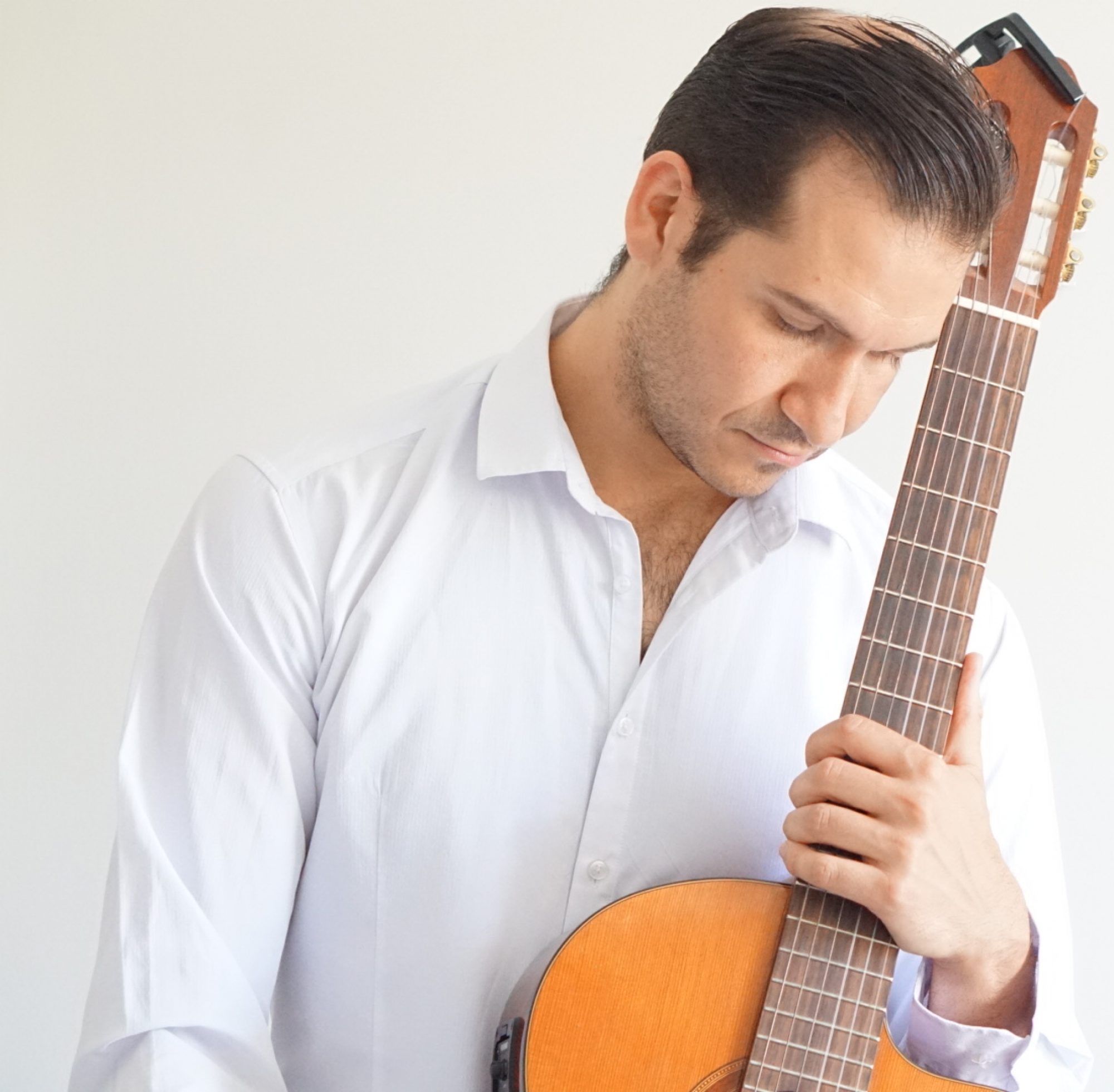From teaching students of all levels, beginner to advanced, the one thing that all singers have in common is their inability to ‘see’ a note or set of notes from a phrase in their mind.
This is a skill which can be learnt. You could also say that a singer is unable to ‘hear’ the note in their head. This is an extremely important skill to learn, as it allows you to be sure of what you intend to sing, for every single note in a song, start to finish, no matter how fast the notes are, or how many there are.
For a beginner, they will not be able to notice notes that are the main part of the melody; these notes don’t even go by quickly necessarily – but a beginner can’t hear or see them clearly in their mind – therefore, they have no chance of singing those notes properly.
For an intermediate singer, they can usually sing a melody on their own nicely, but there will be a few notes here and there that they are unsure of – usually quick slides at the beginning of a line, fast vibrato embedded in phrases or at the ends of lines, or quick runs that go by too fast for the intermediate to clearly hear or see in their mind; meaning they can’t execute them smoothly.
For an advanced singer, they can usually sing an entire song at a professional level; but when it comes songs which have more elite level skills, such as notes that are extremely fast, usually in runs that are 5 or more notes in length; and also in complicated melodies that have key changes, or intentionally use notes that are not in the scale/key of the song (chromaticism), such as classical music, musicals and jazz music.
So you can see that the fundamental issue of not hearing a note is the same for any level of singer. The only difference is the difficulty of the song.
The good news is that the process to teach a singer to see or hear a note which they currently can’t pick up on their own, is to use chunk the difficult section, slow it down, and use a visual pitch guide, so the singer can clearly ‘see’ and ‘hear’ (with a piano or instrument sound) the notes that they are attempting, and the note they are producing, and compare them to each other.
For example, if a beginner is singing a phrase and they aren’t sure if the notes are correct, they could enter the phrase into the software, and then sing along with the piano notes, while watching a chart graph their voice to a high level of pitch accuracy.
This way, singers of all levels can see and hear their hits and misses when it comes to their pitch/note accuracy, and can self-correct, in real time, as they get the real time feedback from the software.
I have created this software for you, as after teaching for many hundreds of hours, the same problems creep up, and I designed a tool and strategy to automate the manual process I used to go through with students to help them see and hear their notes in their mind. This automated process via software is much more powerful and efficient, as it contains no emotion, is able to be used by the student when they practice alone, is never wrong, and never gets tired.
Teachers and students can now learn to see and hear their notes, by inputting their favourite melodies and testing themselves. Ofcourse you could never ‘see’ your notes with traditional teaching/learning – sitting by the piano and ‘listening’ closely to hear if you are matching the note’. This software allows you to ‘see’ your note – which is previously impossible, and the reason for the reality that so many singers who love to sing, but are unfortunately tone deaf (can’t tell notes apart).
This will change the way you practice, and will open the doors to so many students who were frustrated with their inability to match pitch and get accurate feedback from others.
The trainer is available on my website under ‘Trainer’ in the menu.
Thanks,
Rached Hayek
